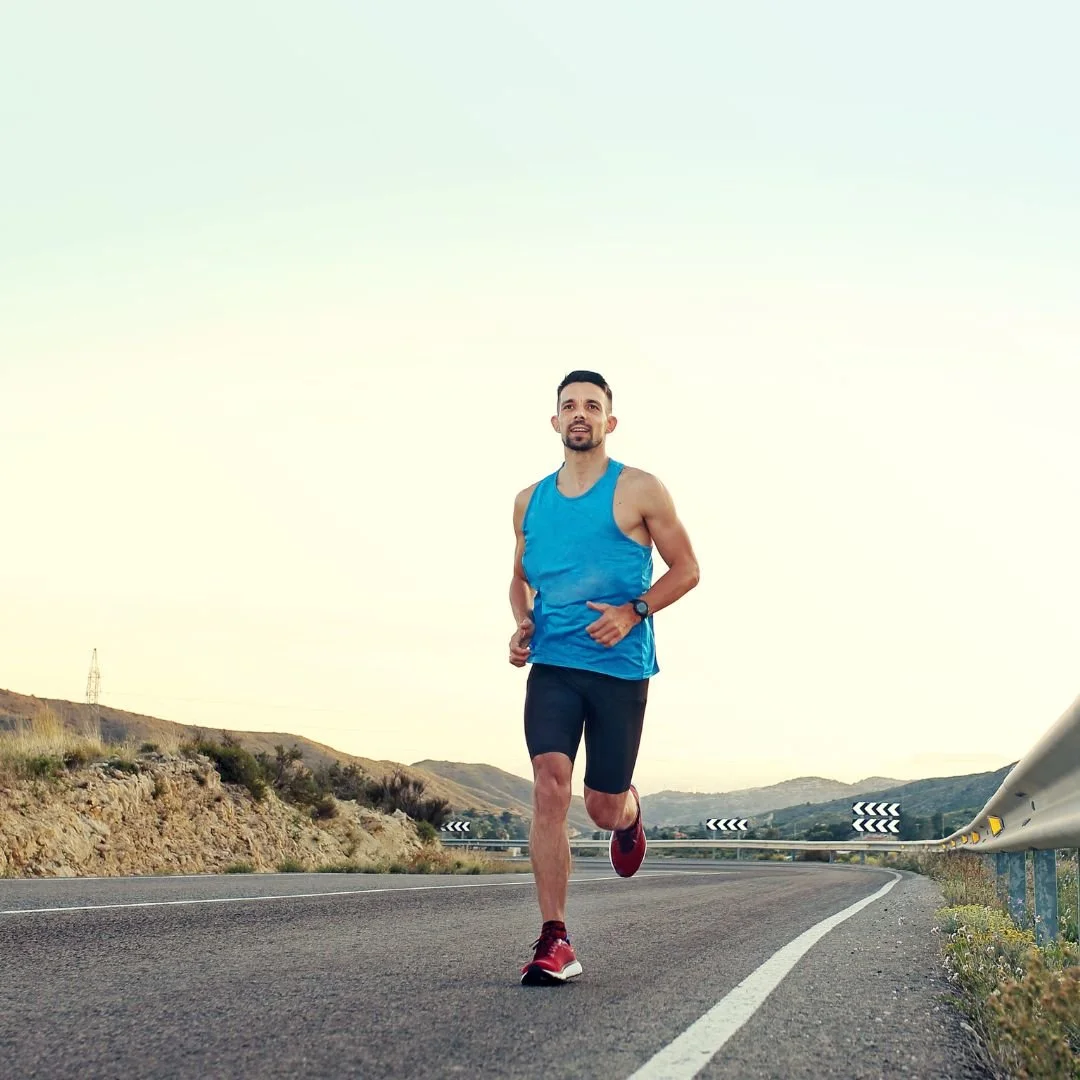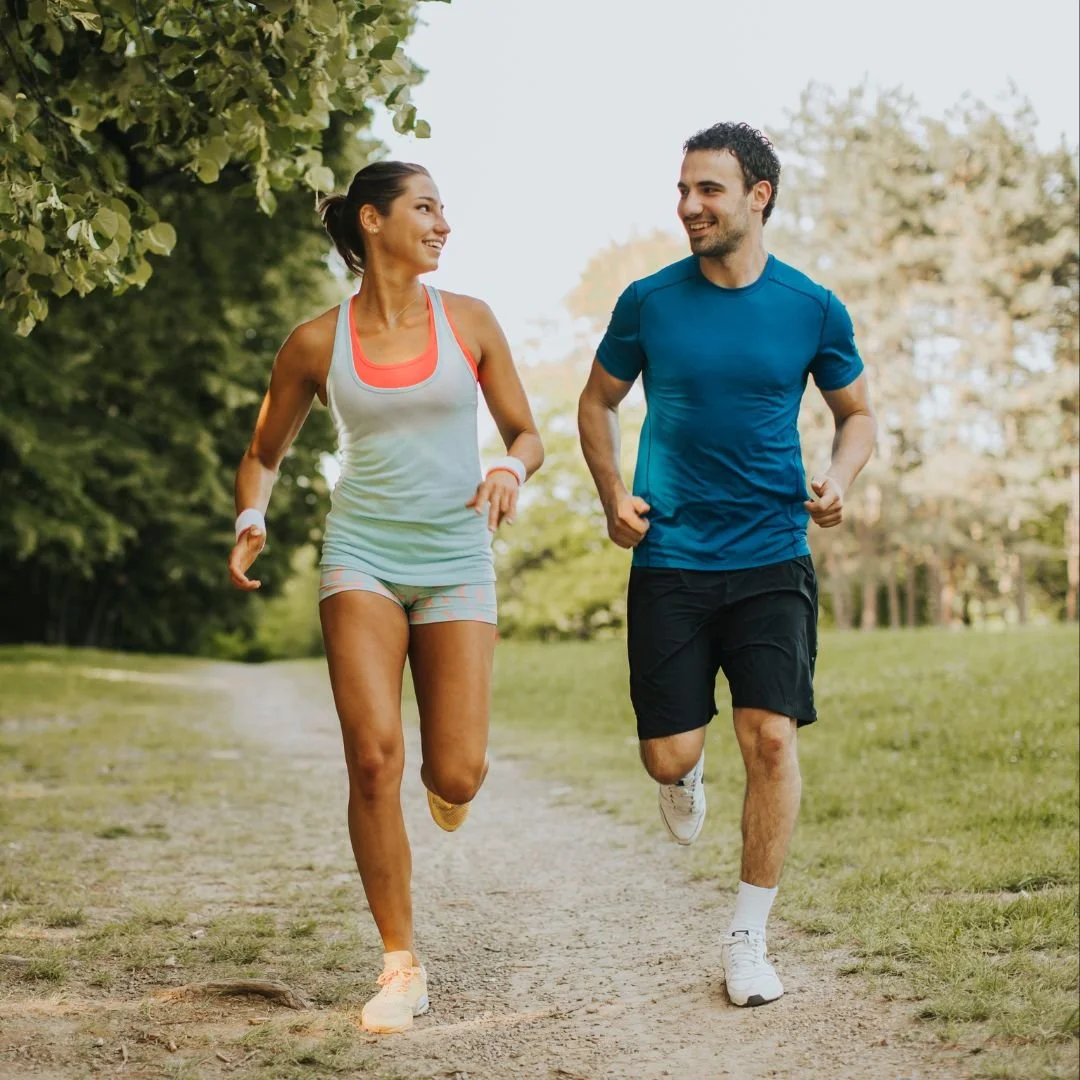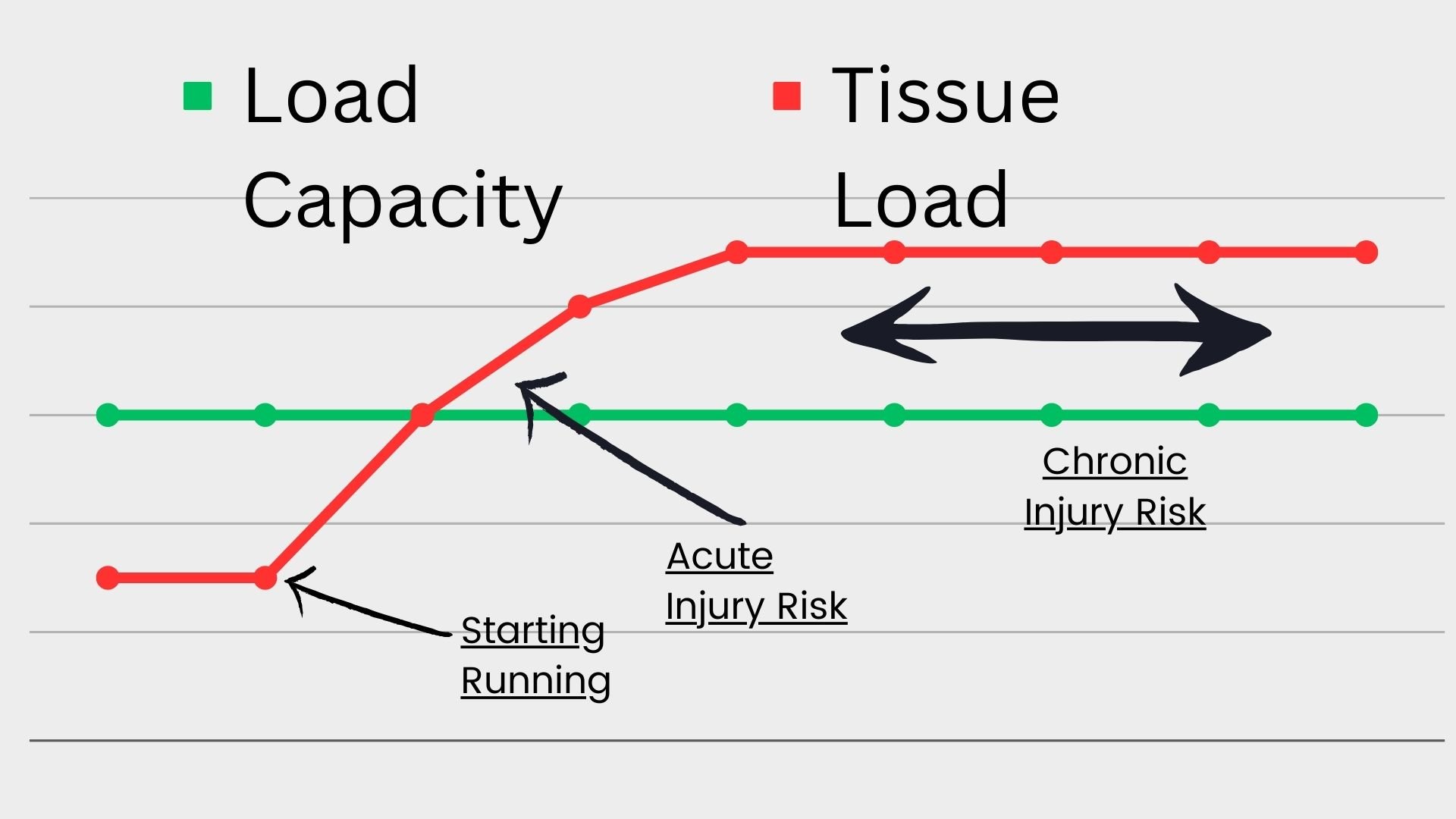Running Injury Basics
We all know that running is a great way to improve cardiovascular fitness. Whilst we may not be as fast as most other animals, human-beings have evolved to become highly efficient at running great distances. In fact back when we were hunter gatherers we would use our superior endurance to chase down our prey over great distances, using a technique called persistence hunting to exhaust the animal.
However, despite this evolutionary trait, rates of injury, particularly in novice runners, can be extraordinarily high. Some studies have even found that novice runners may be at similar risk of injury to those who complete multi-directional sports such as soccer!
Some headline facts…..
In any one year over 40% of runners will report at least 1 injury!
Injury rates in novice runners are up to 13 x higher than in experienced athletes
Most running injuries are not muscular. Injuries to tendons, or bone are far more common
The vast majority of running injuries are overuse injuries
The results of studies looking at running form or biomechanics (the way you move) is mixed. Some find reduction in injury rates, whilst others do not
Running is Complicated!
If you think about it running is a very complex movement. Multiple joints in both the upper and lower body must work together to continue to propel us forwards in a repetitive manner.
Every step that we take whilst running places around 3 times our bodyweight through each limb. So if you weigh 80 kilos that is 240 kilos going through EACH LEG with EVERY STEP.
The patella tendon (in the front of the knee) and achilles tendon (at the back of the ankle) must absorb the energy that this bodyweight produces, momentarily store it and quickly send it back to propel us forwards. Whilst the bones in our feet, ankle, shins, knees, thigh and hip must both transfer the load along and tolerate the muscles pulling on them over and over to continue to produce movement.
Because of all this complex and energy intensive movement, running using A LOT of energy. This makes it a fantastic choice to improve the efficiency of our cardiovascular system (make us fitter) and improve the endurance of our muscles (how long they can work for without getting tired).
Running doesn’t commonly cause injuries to muscles. Muscle strains tend to occur when a muscle has to contract more forcefully than it is capable of doing or is stretched beyond tolerance. Running is lots of lower level contractions within unstretched positions. Sprinting is a completely different story and not what we are talking about here.
Both the cardiovascular system and muscles have the ability to adapt very quickly, this is great because it means we can quickly run longer and faster. Unfortunately tendons and bones take much, much longer to adapt. In novice runners who are getting fitter at a rapid rate, this can quickly lead to overload and injury.
We have talked about the load-capacity model in previous blog posts…. this is another scenario in which it can be applied
As you can see on the graph, as load (the amount of stress placed onto tissues) exceeds capacity (the amount of load that can be tolerated) there is risk of acute injury. If this situation continues there is an ongoing risk of chronic injury.
Running itself will produce adaptations to tendons and bone. For example the achilles tendons of experienced distance runners tend to be thicker, stiffer and more elastic than those who don’t run. This enables to tendons to better absorb, store and transfer back load.
However, waiting for running to do the job isn’t the best way to reduce the risk of injury. We can increase our capacity much more quickly with the right training.
Strengthening can improve the efficiency of joint movement and increase the muscles ability so absorb some of the impact of running.
Strengthening also encourages tendons to become thicker more quickly than running and can help to increase bone density.
Neuromuscular control exercises can improve the ability of tendons to store elastic energy and transfer it back quickly.
NMC exercise are those that focus on power, explosiveness, landing technique and co-ordination and can include things like hopping, jumping and landing drills or balance exercises.
Both strengthening and NMC exercises aren’t just for injury prevention. They improve your performance, enabling you to run faster and longer!
The other important thing to consider is programming. Appropriate increases in training volume, frequency and intensity will ensure that tissue loads do not exceed capacity (or more simply the red line never goes above the green).
It is therefore important that as you progress as a runner you start to develop an understanding of the fundamentals of programming and INDIVIDUALISE IT. You shouldn’t just blindly follow a program as every body is different.
Of course, employing a knowledgeable running coach can take some of the hard work away for you!




